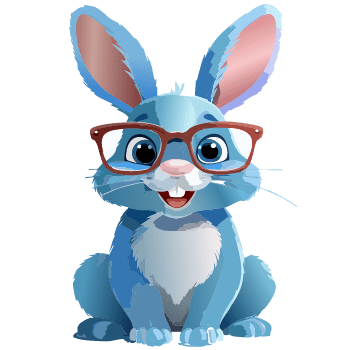Interest-Led Learning (also known as Child-Led Learning or Interest-Based Learning) is a homeschooling approach that focuses on the child’s interests as the primary driver of their education. In this method, the curriculum is not predefined but instead emerges organically based on what the child is curious about and passionate about exploring. Interest-Led Learning allows children to develop a love for learning and encourages lifelong curiosity by respecting their natural inclinations and pace.
Interest-Led Learning Key Features:
- Child-Centered: The child’s interests, curiosities, and passions dictate what is studied. This could range from dinosaurs and space to art, coding, or any other topic that captures the child’s imagination.
- Self-Directed Learning: Children have a significant degree of autonomy in deciding what, when, and how they learn. Parents act as facilitators or guides, providing resources and support rather than directing the learning process.
- Flexible and Adaptive: The learning environment is highly adaptable, with no rigid schedules or curriculums. If a child’s interest shifts, the learning plan can shift accordingly.
- Deep Engagement: Children often engage more deeply with the material by focusing on subjects they are naturally interested in, leading to a more meaningful and memorable learning experience.
- Real-World Learning: Interest-Led Learning often incorporates real-world experiences, such as field trips, hands-on projects, or community involvement, related to the child’s interests.
- Holistic Development: This approach nurtures academic growth and the child’s personal development, creativity, and critical thinking skills as they pursue their interests independently.
How Interest-Led Learning Works:
Parents’ Role: Parents observe their child’s interests and provide resources, opportunities, and encouragement. They might help the child find books, online courses, experts, or community events related to their interests.
Resource Variety: Children might learn from various sources, including books, documentaries, online research, experiments, or practical experiences like visiting museums or engaging in hobbies.
Integration of Subjects: Traditional subjects like math, science, and language arts are often integrated into the child’s interests. For example, a child interested in cooking might learn math by measuring ingredients or science by understanding how baking works.


